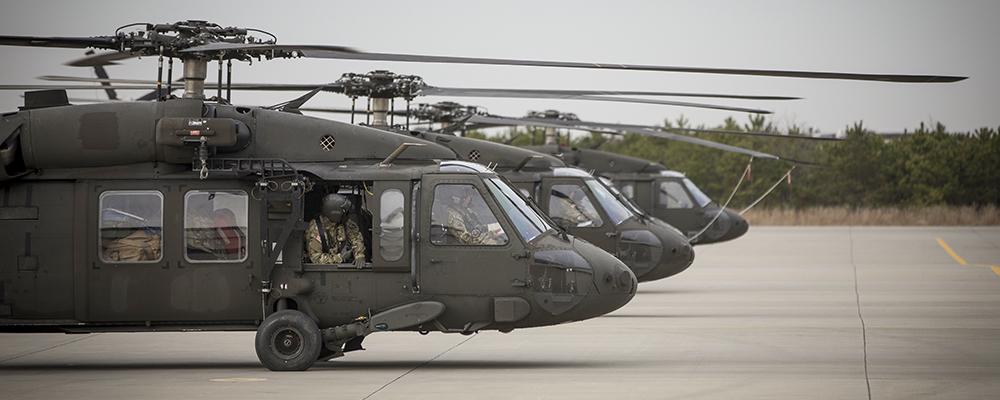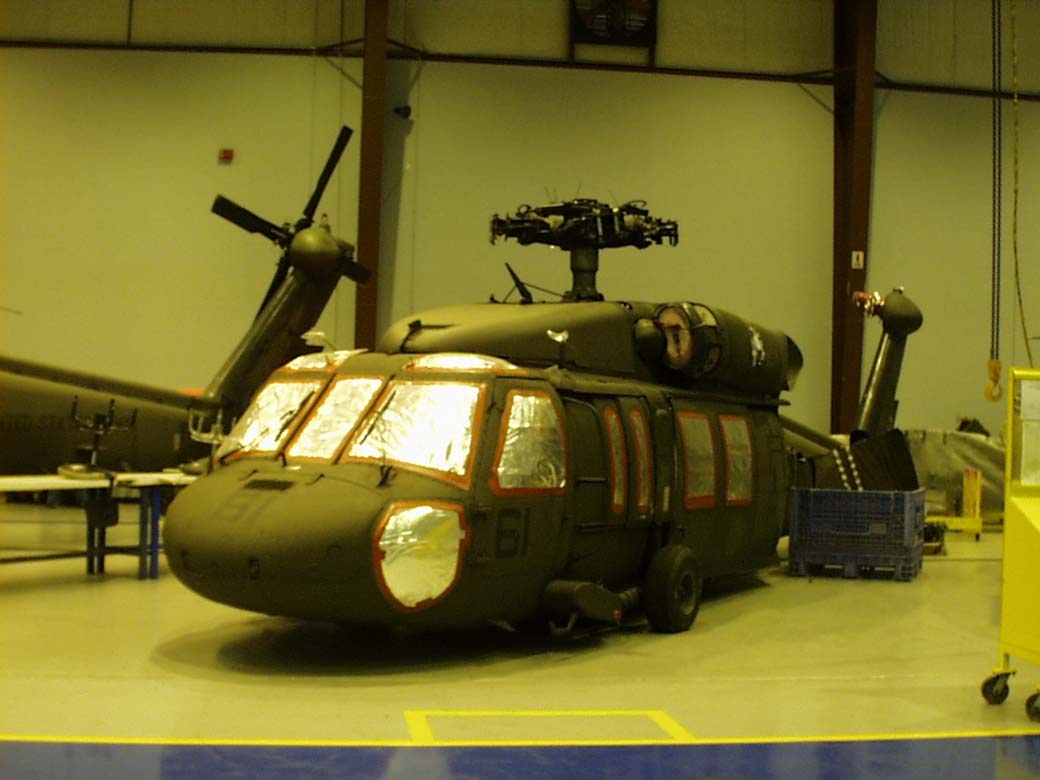The Role of the UH 60 in Combat Zones: Enhancing Mobility and Operational Efficiency
The Role of the UH 60 in Combat Zones: Enhancing Mobility and Operational Efficiency
Blog Article
Checking Out the Background and Development of the UH 60 Helicopter

Origins of the UH-60
The beginnings of the UH-60 helicopter can be traced back to the late 1960s, a duration noted by the demand for a functional energy aircraft that could adapt to the evolving demands of modern-day warfare. The united state Military acknowledged the necessity for a substitute for the older UH-1 Iroquois, which was becoming significantly poor for the intricacies of contemporary combat scenarios. In 1967, the Army launched the Utility Tactical Transportation Airplane System (UTTAS) program, which looked for to develop a multi-role helicopter efficient in numerous objectives, consisting of army transport, clinical emptying, and logistical assistance.
The UH-60 Black Hawk was presented, showcasing ingenious style components and advanced modern technology that established it apart from its predecessors. The UH-60 swiftly gained acknowledgment for its durable performance, reliability, and adaptability, paving the means for its substantial usage in armed forces operations and strengthening its standing as a cornerstone of United state Army aviation.
Key Design Functions
Ingenious design functions of the UH-60 Black Hawk substantially add to its functional effectiveness. Among the most noteworthy facets is its twin-engine configuration, which improves reliability and supplies a greater power-to-weight proportion, enabling the helicopter to perform under different problems. The airplane's four-blade major blades system offers improved lift and ability to move, vital for tactical goals.

Additionally, the cockpit is created for optimum exposure and functional designs, featuring sophisticated avionics that streamline pilot procedures. The modular design of the UH-60 permits easy maintenance and adaptability, making it ideal for numerous goal profiles, from army transport to medevac operations. These crucial style features guarantee that the UH-60 Black Hawk stays a trusted and versatile asset in army aeronautics, with the ability of satisfying the demands of modern-day war.
Technical Developments
Current technical innovations in the UH-60 Black Hawk have considerably enhanced its functional capacities and convenience. The integration of innovative avionics, such as digital flight control systems and improved situational understanding screens, permits pilots to run with enhanced precision and performance. These systems promote improved navigation, interaction, and data sharing, allowing the helicopter to work efficiently in diverse settings.
Furthermore, the introduction of composite materials has actually decreased the general weight of the airplane while keeping architectural stability. This decrease improves gas effectiveness and prolongs operational array. The consolidation of advanced blades innovation, consisting of making use of four-blade, fully verbalized blades systems, has improved lift efficiency and ability to move, enabling far better handling in numerous trip problems.

Moreover, advancements in propulsion systems, such as the T700-GE-701D engines, have actually raised power result and integrity - uh 60. These engines add to remarkable performance in high-altitude and hot-weather problems
Last but not least, the integration of self-defense systems and enhanced sensor packages boosts the Black Hawk's survivability and goal performance. Jointly, these technological enhancements make certain that the UH-60 Black Hawk stays a crucial asset in modern air travel, qualified of adapting to the progressing needs of army and humanitarian goals.
Role in Military Procedures
As the foundation of U.S. Army aeronautics, the UH-60 helicopter click over here now plays a vital role in numerous armed forces procedures, working as a versatile platform for battle assistance, transport, and medevac objectives - uh 60. Its style incorporates the capability to operate in varied atmospheres, making it essential for troop activity and logistical assistance in both unique and standard war

In medical emptying circumstances, the UH-60 has actually proven indispensable, dramatically reducing the time to carry injured soldiers from the combat zone to medical facilities. Its sophisticated avionics and night vision abilities even more make sure mission success under tough problems. Generally, the UH-60 helicopter remains an important possession, continuously adapting to meet the advancing demands of army operations and improving the efficiency of united state pressures worldwide.
Future of the UH-60
Looking ahead, the future of the UH-60 helicopter includes significant advancements in technology and capabilities developed to improve its operational effectiveness. As armed forces operations develop, the UH-60 is anticipated to include advanced technologies, including improved avionics, enhanced weapons systems, and advanced communication devices. These enhancements will enable better situational recognition and objective adaptability, ensuring that the UH-60 remains a crucial possession on the field of battle.
One noteworthy advancement is the integration of fly-by-wire systems, which will improve trip control precision and lower pilot work. In addition, efforts to upgrade click over here the airframe and engines aim to enhance rate, array, and haul ability, therefore broadening the helicopter's functional navigate to these guys extent (uh 60).
The future also holds assurance for raised interoperability with unmanned aerial systems (UAS), allowing coordinated objectives that leverage both manned and unmanned abilities. Additionally, the incorporation of expert system and machine discovering can enhance trip dynamics and upkeep processes, resulting in minimized functional prices.
Conclusion
The UH-60 Black Hawk helicopter represents a substantial success in military air travel, advancing from the U.S. Army's preliminary needs for a functional utility airplane. Its innovative layout functions and continuous technological developments have actually guaranteed its importance in different army procedures over the years. As the needs of modern warfare adjustment, the future of the UH-60 will likely entail further enhancements and adaptations, strengthening its standing as an important property for armed pressures worldwide.
The UH-60 Black Hawk helicopter stands for a significant landmark in army air travel, arising from the United state Army's pursuit for a much more trusted and functional utility aircraft in the late 20th century.The origins of the UH-60 helicopter can be traced back to the late 1960s, a duration marked by the need for a flexible energy aircraft that could adjust to the developing needs of contemporary war. Generally, the UH-60 helicopter stays an essential possession, continuously adapting to fulfill the developing demands of army operations and boosting the performance of U.S. pressures worldwide.
Looking in advance, the future of the UH-60 helicopter involves substantial developments in modern technology and capacities designed to boost its operational performance.The UH-60 Black Hawk helicopter represents a considerable achievement in armed forces air travel, progressing from the U.S. Military's first demands for a flexible energy aircraft.
Report this page